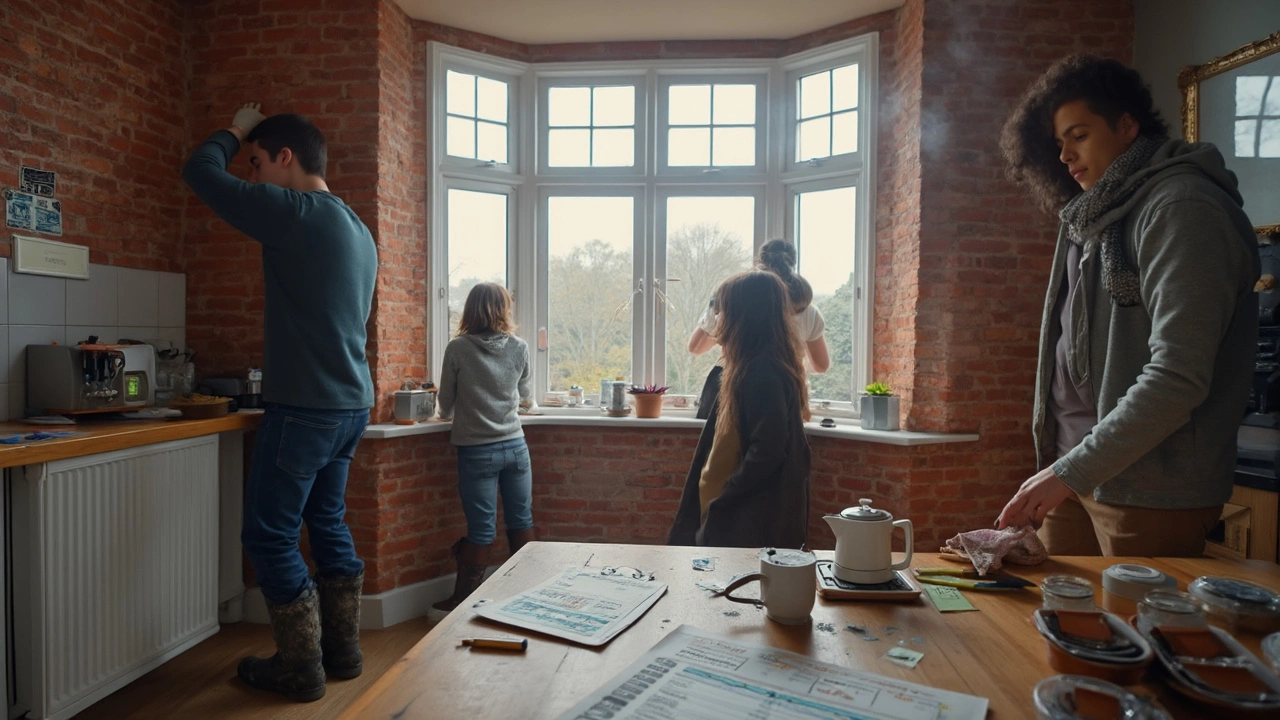Smart Home Design: How to Blend Tech and Architecture
Want a house that knows what you need before you ask? Smart home design does exactly that. It’s about placing sensors, speakers, lights, and thermostats in the right spots so the space feels natural, not clunky. The goal is simple: make everyday life smoother while keeping the look of the home clean and timeless.
Key Elements of Smart Home Design
First, think about the central brain. A reliable hub (like a voice‑controlled speaker or a dedicated control panel) ties everything together. Choose a hub that works with the brands you like – most big systems speak the same language, so you won’t end up with isolated gadgets.
Second, plan your wiring early. If you’re renovating or building, run cables in walls before drywall goes up. This avoids ugly surface wires and lets you place devices wherever they look best. Even wireless devices need power, so plan outlets near where you’ll put cameras, smart plugs, or motion sensors.
Third, focus on lighting. Smart bulbs let you dim, change color, or set schedules with a tap. Pair them with motion detectors in hallways so the lights turn on only when someone’s there. It saves energy and feels intuitive.
Fourth, consider climate control. A smart thermostat learns when you’re home, when you’re away, and adjusts the temperature accordingly. Pair it with window sensors that close shades on hot days – you get comfort and lower bills without lifting a finger.
Smart Design Meets Architecture
Architecture isn’t just about shape; it’s about flow. When you add smart features, think about how they fit the building’s style. For a minimalist home, hide speakers in ceiling panels or behind art. In a Craftsman‑style house, use wooden speaker grilles that match the trim.
Neo‑Futurism, a style we often talk about, loves technology. Clean lines, parametric forms, and integrated screens feel right at home with smart systems. If you love that look, consider flush‑mount touch panels that blend into the wall – the tech disappears when not in use.
Sustainability also matters. Smart water‑leak detectors protect the structure while saving you from costly damage. Combine them with rain‑sensing irrigation controllers to water the garden only when needed. The result is a house that respects the environment and your budget.
Finally, don’t forget security. Smart locks, doorbell cameras, and motion‑activated lights give peace of mind. Install them where they complement the façade – a sleek lock on a modern front door, a discreet camera on a gable, and you keep the design clean.
Smart home design is a mix of planning, tech, and style. Start with the brain, run the wires early, choose devices that match your home’s vibe, and you’ll end up with a space that feels both futuristic and welcoming. Ready to make your house smarter? Begin with a simple hub, add a few lights, and watch how the rest falls into place.

High-Tech Architecture: How Smart Design Is Transforming Homes in 2025
Not sci-fi-high-tech architecture is here. See what it means, what to buy first, real costs, energy savings, privacy risks, and a step-by-step plan you can actually use.
Read more